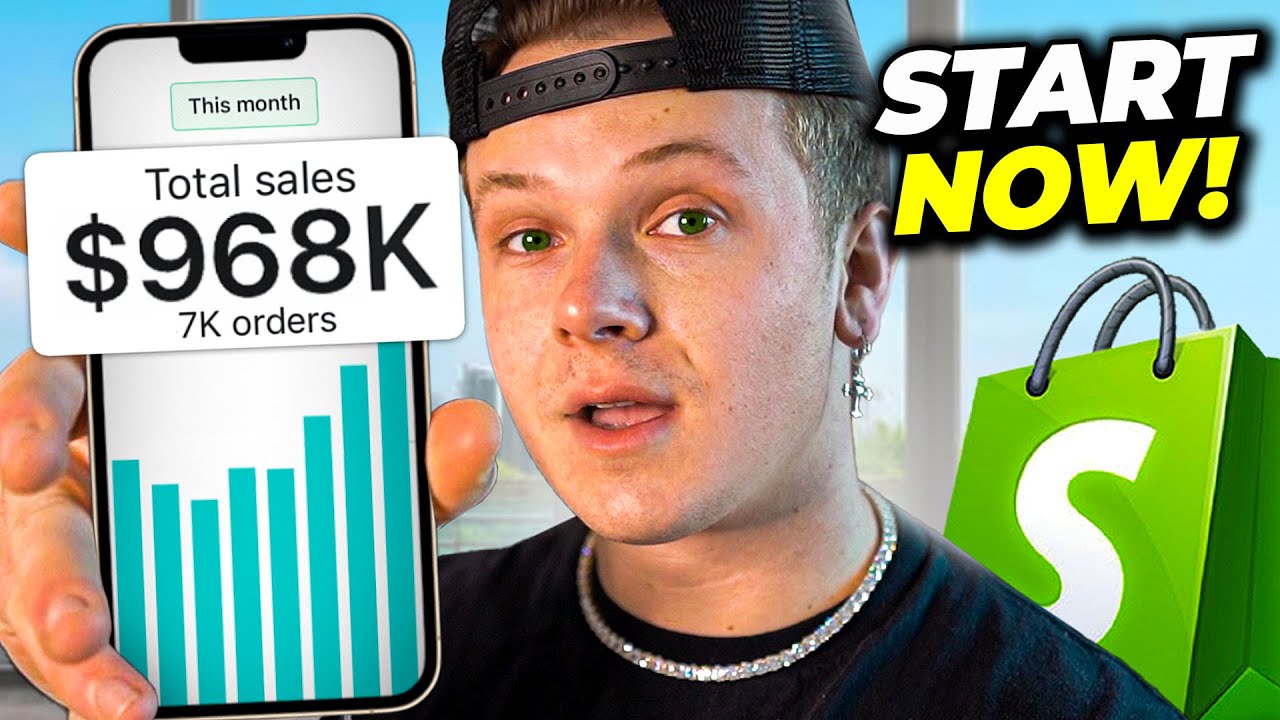
Are you looking to start your own dropshipping business using Shopify but feeling overwhelmed by the process? Don’t worry; I’ve got you covered with the best Shopify dropshipping tutorial for beginners in 2023. By following this step-by-step guide, you’ll be on your way to launching a successful online store in no time.
What is Dropshipping?
Before we dive into the tutorial, let’s first understand what dropshipping is. Dropshipping is a business model where you sell products to customers without holding any inventory. Instead, when a customer makes a purchase from your online store, the order is forwarded to a third-party supplier who then ships the product directly to the customer. This means you don’t have to worry about inventory management, packaging, or shipping.
Setting Up Your Shopify Store
1. Sign Up for a Shopify Account:
Head over to the Shopify website and sign up for an account. You can start with a free trial to explore the platform and familiarize yourself with its features.
2. Choose a Unique Store Name:
Pick a unique and memorable name for your store. Make sure it reflects your brand and the products you plan to sell.
3. Customize Your Store:
Select a theme for your store and customize it to match your brand identity. Add your logo, colors, and any other branding elements to create a cohesive look.
4. Set Up Payment Gateways:
Set up payment gateways such as PayPal, Stripe, or Shopify Payments to accept payments from customers securely.
5. Add Products to Your Store:
Start adding products to your store. You can either source products from suppliers or use dropshipping apps like Oberlo to import products directly to your store.
6. Optimize Your Product Pages:
Write compelling product descriptions, add high-quality images, and set competitive prices to attract customers.
7. Set Up Shipping Options:
Determine your shipping rates and policies. You can offer free shipping, flat-rate shipping, or real-time carrier rates based on the customer’s location.
Marketing Your Store
1. Create a Marketing Plan:
Develop a marketing strategy to drive traffic to your store. Consider using social media, email marketing, influencer partnerships, and search engine optimization (SEO) to reach your target audience.
2. Optimize Your Store for SEO:
Optimize your store for search engines by using relevant keywords, writing meta descriptions, and creating high-quality content. Use Google Keyword Planner to identify popular keywords in your niche.
3. Launch Social Media Campaigns:
Promote


